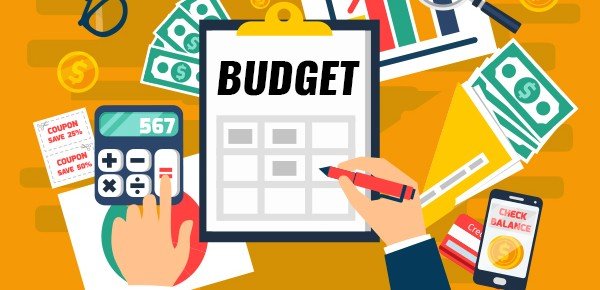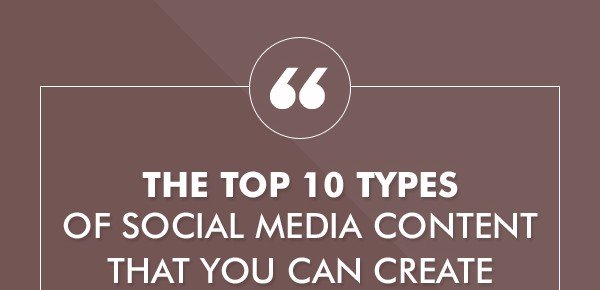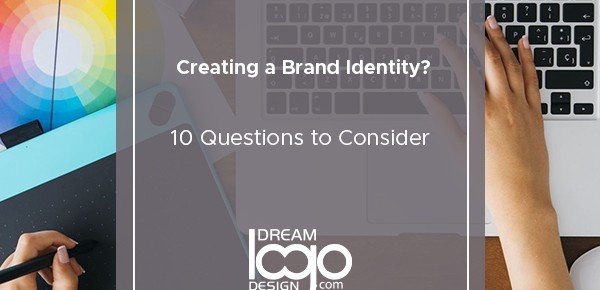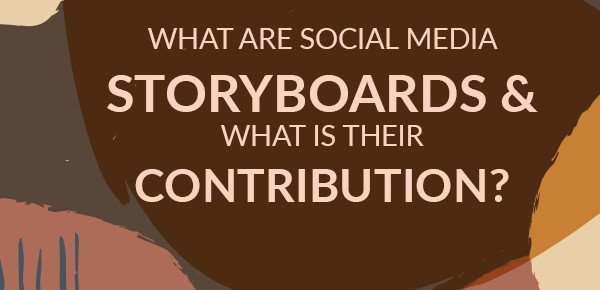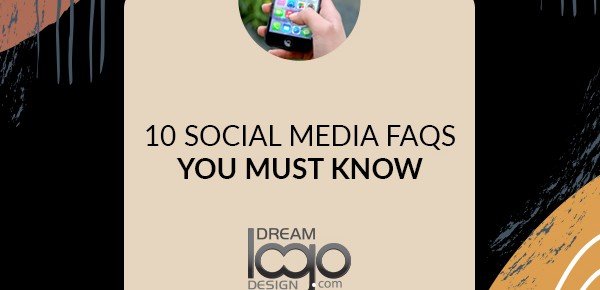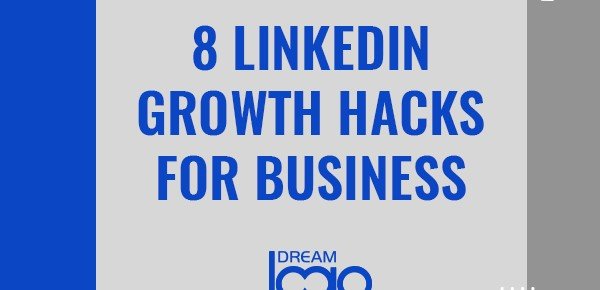Website development is a diverse field presenting umpteen opportunities for improvisations. As a web developer grows his or her skills, the design process becomes easier, more organized, and further effective. It’s a dynamic field, constantly evolving, and a web developer ought to stay on top of the game.
Whether you are designing on WordPress, or by plain HTML coding, use design hacks to get the job done faster and more effectively. The tips mentioned below are aimed to optimize a website’s functionality for the best, whether in WP or any other platform.
Don’t use standard templates
Wordpress is open-source platform with a wide range of free templates. The same is applicable for other platforms such as Wix. While using Wix templates or WP templates, is not necessarily a bad idea, keep in mind that they are often overused. In the battle to get page views, the last thing you will want is a doppelganger website.
Free templates may contain bugs
As the old adage stands, you get what you pay for. As it is, standard templates may contain bugs. Besides, these drastically reduce the ability to customize themes since you would have to make do with limited features.
Get custom templates designed
The best way to go about it is to develop custom themes. It will take some time to finalize the design, but it is always worth it. You can always take inspiration from the range of themes available, but at the end of the day, make sure it’s original. You can do it yourself or hire a web designer. Hiring a good service always pays off because you typically get free customer support and theme maintenance whenever required.
Experiment with CTAs
Call-To-Actions are critical in assuring a high conversion rate. While text-only CTAs are but traditional, you can improve upon the appeal by experimenting with this aspect. You guessed it, using button CTAs tend to work better than text-only ones.
Use Creative Wording
Level up your content game by becoming creative with CTAs. Although it would typically consist of only two to three words, it should reflect the visitor’s psychology aptly.
Use Animated CTAs
Using animated CTAs can also help you get the reader’s attention better. Just make sure not to use it when it is irrelevant. The site’s content should be peppy and vibrant to tally really with the appeal of an animated call to action.
A Case for Images
Enhancing the visual experience of design layouts goes a long way in increasing its acceptance among users. There’s a lot of scope for improvement with images. To start with, use high-quality visuals. Dig deep into those stock photos to grab the best images, ones that make strong statements concurrent with the rest of your content. Obviously, you can also hire a talented graphic designer or a photographer to produce unique images. Here are a few other tips on maximizing the potential of images on a website.
Use Alt-Tag for SEO
Alt tags or Alternative texts are brief textual representations that appear when an image fails to load. These have a vital role in retaining user interest. The most important benefit of Alt Tags is that search engine algorithms find them as credible parameters to rank your website.
Display an Error Message
Use a CSS snippet to display an error message if the image fails to load for some reason.
Use Title Tags
Although title tags are invisible to the end-user, they are instrumental in boosting your SEO.
Reduce Image Size
Don’t forget to reduce the image size to ensure that your site loads fast. You can put to use several image compression tools found online.
Use Images to Create Negative Space
Another use of images is to use it to break chunks of text and therefore create scope for negative space on your page.
Try Using Images of Different Shapes
Gone are those days when you needed to use only rectangular images. These days, tools like Bootstrap allow you to use images of different sizes.
Use Image Filters
You can also use the image filter attributes like grayscale or blur in CSS. These allow developers a subtle opportunity to get creative whenever it’s applicable.
Improve Your Site’s Navigation
A site’s navigation is probably the most obvious aspect of it, but it can get overlooked. Remember that it has a crucial role in helping visitors to find what they need. Having well-organized navigation also helps with your site’s SEO. Here are a few design hacks that you can implement with the navigation of your web page.
Have Fewer Choices
Keep the navigation as uncluttered as you can. This has been shown to have a key role in improving visitor experience and reduce bounce rates.
Place it in the Header
Navigation bars placed in headers are shown to have a better effect than those placed on the side or in the footer. Use the hamburger menu only when you are making a responsive website.
Make Everything Click
Make all elements in the navigation clickable.
Use Simple Words
Use easy-to-understand wording in the navigation.
Use Mega Menus
It is always challenging to design navigation bars for e-commerce websites. Mega menus are ideal because they allow the display of many choices in a two-dimensional dropdown layout. Here are a few other tips while designing the navigation for e-commerce.
Include a Search Bar
Again, while coding the navigation for e-commerce websites, don’t forget to include a prominent search bar right in the header section.
Use the Hover Option
Consider using the hover option to introduce visitors to the sub-categories. This piques their interest and inspires people to look deeper.
Don’t Overload Your Site with Plugins
With so many plugin options on WP, developers are often tempted to go over the top with them. Remember to use your discretion. Use only those plugins that will make a positive difference to your site’s UX.
Conclusion
The key differences between a successful website and an unsuccessful one are that the former is both user-friendly and SEO friendly. Employing the above design hacks should definitely help your website deliver better performance. Besides these, you should also take note of web hosting best practices and always make sure that you are having a responsive website.



